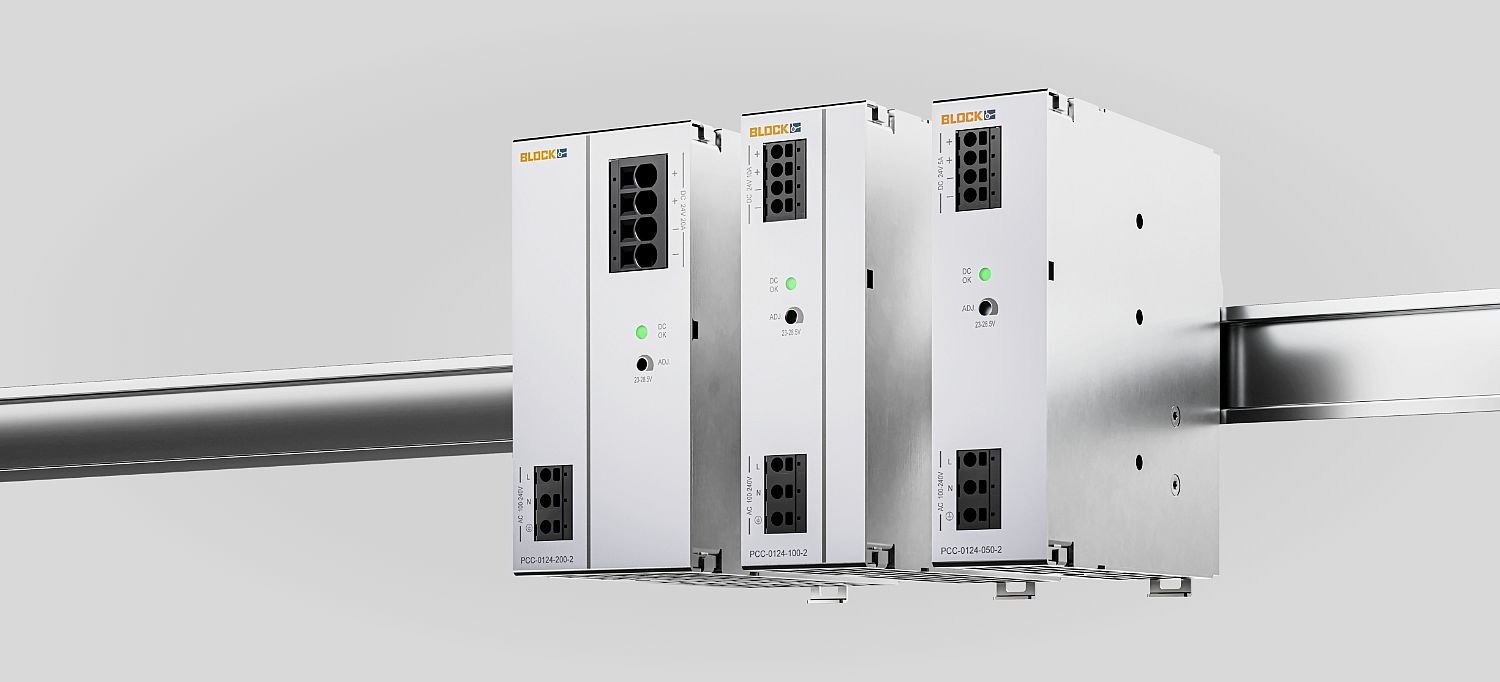The week's pick
Random Articles
Reseach Article
A Survey of Methods for Achieving Efficiency in Electricity Consumption
| International Journal of Applied Information Systems |
| Foundation of Computer Science (FCS), NY, USA |
| Volume 10 - Number 7 |
| Year of Publication: 2016 |
| Authors: P. Ozoh, S. Abd-Rahman, J. Labadin |
 10.5120/ijais2016451522
10.5120/ijais2016451522
|
P. Ozoh, S. Abd-Rahman, J. Labadin . A Survey of Methods for Achieving Efficiency in Electricity Consumption. International Journal of Applied Information Systems. 10, 7 ( March 2016), 1-9. DOI=10.5120/ijais2016451522
Abstract
This paper investigates related research work on electricity consumption in buildings and outlines its context relative to improving efficiency in appliance usage by customers. The aim of this research is to study the impact of applying power-saving measures on appliance usage in order to reduce electric costs. The study focuses on a review of tools and methods involved in achieving efficient electricity consumption system with respect to minimization of electric costs and reduction of electricity wastage in the system. It also conducts a survey of various literatures involving the potential impact of incorporating power-saving measures on low-power and high-power appliances to allow for more efficient use of electrical appliances. The paper provides a number of recommendations for achieving efficiency in electricity consumption, when power-saving measures are applied to appliance usage.
References
- Akole, M. Bongulwar, B. T. 2011. Predictive model of load and price for restructured power system using neural network. International Conference on Energy, Automation, and Signal (ICEAS), 1–6.
- Asamoah, D., Annan, J., & Arthur, Y. D. 2012. Time Series Analysis of Electricity Meter Supply in Ghana, 3(19), 16–22.
- Athukorala, P. P. . W., & Wilson, C. 2010. Estimating short and long-term residential demand for electricity: New evidence from Sri Lanka. Energy Economics, 32, S34–S40. doi:10.1016/j.eneco.2009.08.005
- Auffhammer, M., & Aroonruengsawat, A. 2012. Impacts of climate change on san francisco bay area residential electricity consumption : evidence from billing data. California Energy Commission. Retrieved from www.energy.ca.gov/2012publications
- Bacher, P., Madsen, H., Nielsen, H. A., & Perers, B. 2013. Short-term heat load forecasting for single family houses. Industrial Electronics Society, 5741 – 5746.
- Bianco, V., Manca, O., & Nardini, S. 2009. Electricity consumption forecasting in Italy using linear regression models. Energy, 34(9), 1413–1421. doi:10.1016/j.energy.2009.06.034
- Braun, M. R., Altan, H., & Beck, S. B. M. 2014. Using regression analysis to predict the future energy consumption of a supermarket in the UK. Applied Energy, 130, 305–313. doi:10.1016/j.apenergy.2014.05.062
- Callaway, D. S., & Hiskens, I. a. 2011. Achieving Controllability of Electric Loads. Proceedings of the IEEE, 99(1), 184–199. doi:10.1109/JPROC.2010.2081652
- Cardinale, N., & Ruggiero, F. 2000. Energetic aspects of bioclimatic buildings in the Mediterranean area: A comparison between two different computation methods. Energy and Buildings, 31(1), 55–63. doi:10.1016/S0378-7788(99)00005-5
- Chen, L., Xu, X., Yao, L., & Xu, Q. 2014. Study of a Distribution Line Overload Control Strategy Considering the Demand Response. Electric Power Components and Systems, 42(9), 970–983. doi:10.1080/15325008.2014.903545
- Chen, C. Canizares, A. S. 2001. ANN-Based Short-Term Load Forecasting in Electricity Markets. Proceedings of the IEEE Power Engineering Society Transmission and Distribution Conference, 411–415.
- Damak, S. K. 2011. Applications of two identification methods for an electric distribution system. J. Automation & Systems Engineering, 4(5-4), 176–184.
- Eldanfour, H. 2012. Modified Newton’s methods with fifth or sixth-order convergence. Proceedings of the International Conference in Mathematics, 149–152.
- Elmusrati, M., & Koivo, H. 2002. Joining power control and smart antenna using kalman algorithm. Proc. the XXVIITH General Assembly of URSI, (1), 2–5.
- Energy Saving and Monitoring in New Zealand. 2015. www.energymonitor.org.nz/. Retrieved from www.energymonitor.org.nz/
- Farinaccio, L., & Zmeureany, R. 1999. Using a pattern recognition approach to disaggregate the toal electrical consumption in a house into the major end-uses. Energy and Buildings, 245–259.
- Fischer, C. 2008. Feedback on household electricity consumption: a tool for saving energy? Energy Efficiency, 1(1), 79–104. doi:10.1007/s12053-008-9009-7
- Fontana, L., Atella, V., & Kammen, D. M. 2013. Energy efficiency as a unifying principle for human, environmental, and global health. F1000Research, 2, 101. doi:10.12688/f1000research.2-101.v1
- Freund P. 1979. The cost-effectiveness of some measures for energy conservation in buildings in the UK. Build. Serv. & Environ. Eng., 6, 69–79.
- Garde, F., Adelard, L., Boyer, H., & Rat, C. 2004. Implementation and experimental survey of passive design specifications used in new low-cost housing under tropical climates. Energy and Buildings, 36(4), 353–366. doi:10.1016/j.enbuild.2004.01.045
- Goh, B. 1998. Forecasting residential construction demand in Singapore: a comparative study of the accuracy of time series, regression and artificial neural network techniques. Engineering, Construction and Architectural Management, 5(3), 261–275.
- International Energy Agency. 2013. Key World Energy Statistics. Retrieved from http://www.iea.org/publications/freepublications/publication/KeyWorld2013.pdf
- Isaac, M., & van Vuuren, D. P. 2009. Modeling global residential sector energy demand for heating and air conditioning in the context of climate change. Energy Policy, 37(2), 507–521. doi:10.1016/j.enpol.2008.09.051
- Isaacs, N. and Saville-Smith, K. and Camilleri, M. and Burrough, L. 2010. Energy in New Zealand Houses: comfort, physics and consumption. Building Research and Information, 38, 470–480.
- Kalogirou, S. a. 2000. Applications of artificial neural-networks for energy systems. Applied Energy, 67, 17–35. doi:10.1016/S0306-2619(00)00005-2
- Kellow. 1989. Kuwait’s approach to mandatory energy-conservation standards for buildings. Energy, 14(8), 491–502.
- Kluga, A., & Kluga, J. 2011. Dynamic Data Processing with Kalman Filter, 5(5), 5–8.
- Kros, J. F. 2011. Seasonal Influences on Electricity Demand in the Mid-Atlantic Region. Advances in Business and Management Forecasting, (8), 13 – 29.
- Lam, K. Wan, D. Liu, C., T. 2010. Multiple Regression Models for Energy Use in Air-conditioned Office Buildings in Different Climates. Energy Conversion and Management, 2692–2697.
- Lee, H. Kim, G. Park, M. K. 2012. Energy Consumption Scheduler for Demand Response Systems in the Smart Grid *, 969, 955–969.
- Lee, J., Han, S., & Mok, A. K. 2009. Design of a Reliable Communication System for Grid-Style Traffic Control Networks. IEEE Real -Time & Embedded Technology and Applications Symposium, 133–142.
- Lepojevi, V., & An, M. 2011. Forecasting electricity consumption by using holt-winters and seasonal regression models, 8(179066), 421–431.
- Macias, M., Mateo, a., Schuler, M., & Mitre, E. M. 2006. Application of night cooling concept to social housing design in dry hot climate. Energy and Buildings, 38(9), 1104–1110. doi:10.1016/j.enbuild.2005.12.006
- Madbouly, E. E. El, Abdalla, a. E., & Banby, G. M. El. 2009. Fuzzy adaptive Kalman filter for multi-sensor system. 2009 International Conference on Networking and Media Convergence, 1–9. doi:10.1109/ICNM.2009.4907206
- Mohamed, Z., & Bodger, P. 2005. Forecasting electricity consumption in New Zealand using economic and demographic variables. Energy, 30(10), 1833–1843. doi:10.1016/j.energy.2004.08.012
- Monitor, E. 2015. Appliance monitoring.
- Munoz, C. M., Moreno, D., Esquivias, P., Acosta, I., & Navarro, J. 2013. Energy and Cost savings by Using Lighting Controls in offices. International Energy Agency, 1–7. Retrieved from http://www.ilc2013.com/paper/Session 2b C Munoz Energy and cost savings by using lighting controls in offices.pdf
- Naidu Subbaram. 2002. Optimal Control Systems, 131.
- Nogales et. al. 2002. Forecasting next-day electricity prices by time series models. IEEE Transactions on Power Systems, 17, 342–348.
- Noonan, D. S., Hsieh, L.-H. C., & Matisoff, D. 2011. Spatial Effects in Energy-Efficient Residential HVAC Technology Adoption. Environment and Behavior, 45(4), 476–503. doi:10.1177/0013916511421664
- Pavković, Deur, Kolmanovsky, H. 2009. Application of Adaptive Kalman Filter for Estimation of Power Train Variables. SAE Int. Journal of Passenger Cars, 1(1), 480–491.
- Pfafferott, J., Herkel, S., & Wambsganß, M. 2004. Design, monitoring and evaluation of a low energy office building with passive cooling by night ventilation. Energy and Buildings, 36(5), 455–465. doi:10.1016/j.enbuild.2004.01.041
- Richardson, I., Thomson, M., Infield, D., & Clifford, C. 2010. Domestic electricity use: A high-resolution energy demand model. Energy and Buildings, 42(10), 1878–1887. doi:10.1016/j.enbuild.2010.05.023
- Ruzzelli, a. G., Nicolas, C., Schoofs, A., & O’Hare, G. M. P. 2010. Real-time recognition and profiling of appliances through a single electricity sensor. SECON 2010 - 2010 7th Annual IEEE Communications Society Conference on Sensor, Mesh and Ad Hoc Communications and Networks, 1–9. doi:10.1109/SECON.2010.5508244
- Saidur, R. 2009. Energy consumption, energy savings, and emission analysis in Malaysian office buildings. Energy Policy, 37(10), 4104–4113. doi:10.1016/j.enpol.2009.04.052
- Saidur, R., Hasanuzzaman, M., Mahlia, T. M. I., Rahim, N. & Mohammed, H. 2011. Chillers energy consumption, energy savings and emission analysis in an institutional buildings. Energy, 36(8), 5233–5238. doi:10.1016/j.energy.2011.06.027
- Shafiei, S. E., Stoustrup, J., & Rasmussen, H. 2014. Model Predictive Control for Flexible Power Consumption of Large-Scale Refrigeration Systems. American Control Conference.
- Smart Energy Home. 2015. Wattson energy monitoring.
- Sughnathi, S. A. 2012. Energy models for demand forecasting - A Review. Renewable and Sustainable Energy Reviews, 16, 1223–1240.
- Tom, K. 2010. Energy efficiency : A compelling global resource. Retrieved from https://www.mckinsey.com/~/.../A_Compelling_Global_Resource.ashx
- Wall, M. 2006. Energy-efficient terrace houses in Sweden: Simulations and measurements. Energy and Buildings, 38(6), 627–634. doi:10.1016/j.enbuild.2005.10.005
- Weiss, M., Mattern, F., Graml, T., Staake, T., & Fleisch, E. 2009. Handy feedback: Connecting smart meters with mobile phones. Interface, 1–4. doi:10.1145/1658550.1658565
- Widén, J., & Wäckelgård, E. 2010. A high-resolution stochastic model of domestic activity patterns and electricity demand. Applied Energy, 87(6), 1880–1892. doi:10.1016/j.apenergy.2009.11.006
- World Energy Outlook 2013. 2013. International Energy Agency. doi:10.1787/weo-2013-en
- Wright, A., & Firth, S. 2007. The nature of domestic electricity-loads and effects of time averaging on statistics and on-site generation calculations. Applied Energy,84(4),389403.doi:10.1016/j.apenergy.2006.09.008
- Yohanis, Y. G., Mondol, J. D., Wright, A., & Norton, B. 2008. Real-life energy use in the UK: How occupancy and dwelling characteristics affect domestic electricity use. Energy and Buildings, 40, 1053–1059. doi:10.1016/j.enbuild.2007.09.001
- Zhang, G. P., Areekul, P., Member, S., Senjyu, T., Member, S., & Toyama, H. 2010. A Hybrid ARIMA and Neural Network Model for Short-Term Price Forecasting in Deregulated Market. IEEE Transactions on Power Systems, 25(1), 524–530.
- Zhou, K., Yang, S., & Shen, C. 2013. A review of electric load classification in smart grid environment. Renewable and Sustainable Energy Reviews, 24, 103–110. doi:10.1016/j.rser.2013.03.023
Index Terms
Keywords

